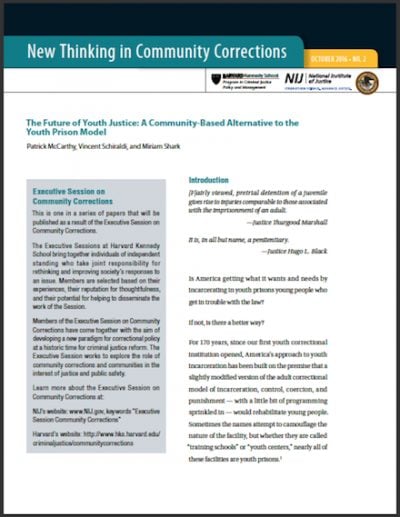
America’s longstanding youth prison model, which emphasizes confinement and control, exacerbates youth trauma and inhibits positive growth while failing to address public safety. This report delivers a clear and compelling call to close these youth prisons. It also introduces readers to an alternate model — rooted in a continuum of community-based programs — that aims to set all children on a pathway to success.
The research is clear: Youth prisons damage the very people they are supposed to help. To reorient this broken system, we must take four action steps. These are: 1) reduce the pipeline into youth prisons by at least half; 2) reform the culture that wrongly assumes locking up kids makes us safer; 3) replace youth prisons with a range of services that will really help kids; and 4) stop spending money on what doesn’t work and reinvest it in a community-based system that does.
We hope you'll find value in this report. We’d love to get a little information from you, which we'll use to notify you about relevant new resources.